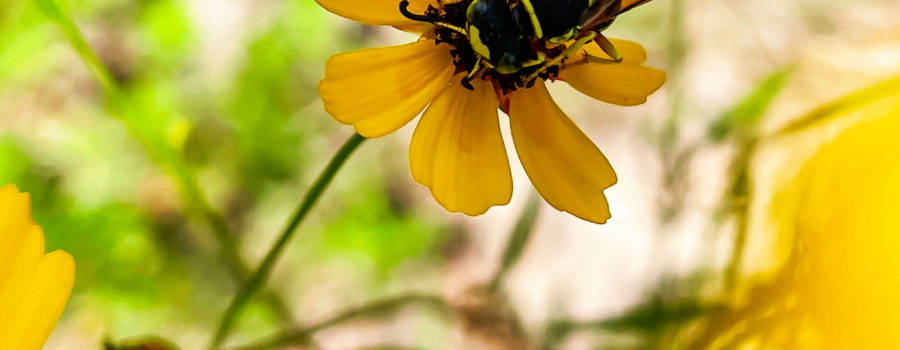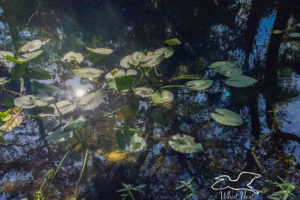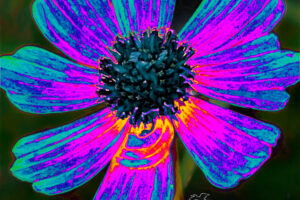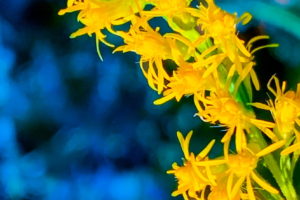The Beautiful Florida State Flower is the Tickseed

Actually, there are seventeen species of tickseeds, twelve of which are native to Florida, and two of which can only be found in the wild in Florida. Florida has adopted the entire tickseed genus (Coreopsis) as the state flower. But I’m actually going to focus my post on one of those species, the Leavenworth’s tickseed. It is one of the two very similar looking tickseeds that occur as natives only in the state of Florida. In fact, Leavenworth’s tickseed is not even found in a few of our northern Florida counties! Please note, though, that both the Leavenworth’s tickseed and the Florida tickseed (our other Florida only native) are frequently used for ornamental purposes in much cooler environments where they can not survive in the wild.

Tickseeds are members of the Asteraceae family which also includes asters, daisies, black eyed Susan’s, and sunflowers. Most of the tickseeds, including Leavenworth’s tickseed, have bright yellow flowers with darker central disks which are actually made up of many tiny little flowers. They’re called tickseeds because the small dark seeds that they produce in the fall and early winter resemble ticks. Of the twelves species of tickseeds native to Florida, Leavenworth’s is the most abundant. They usually start to flower around here in late March or April, although they may flower all year long in south Florida. This year they got off to a slow start due to our spring drought, but now there are fields of them growing and flowering all over our area on the roadsides and medians, in pastures, and along the woods edges. They have really flourished ever since tropical storm Elsa came through and rained on us for two days as they do prefer moist sandy or loamy soil (describes Central Florida perfectly this time of year!)

Besides being very striking to look at, Leavenworth’s tickseed is great for native wildlife. Wild rabbits and deer will graze on them this time of the year. The pollinators also love them since all those tiny flowers produce plenty of nectar. They are popular in butterfly gardens since they attract skippers, brush foots, zebra longwings, and many other butterflies and moths. Of course, they also attract honey bees, bumble bees, sweat bees, wasps, beetles, bats, and ants, too. After the flowers fade, they produce large numbers of seeds that make good fall and winter food for yearlong resident birds like Northern cardinals, wild turkeys, and jays, as well as migrating birds such as goldfinches, finches, warblers, and sparrows.






Recent Comments